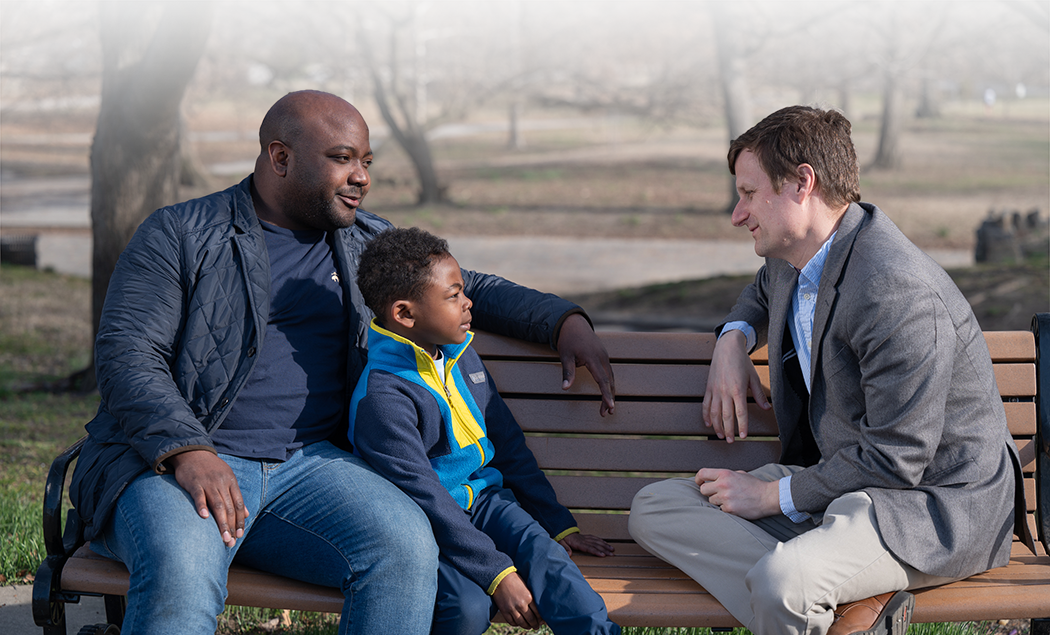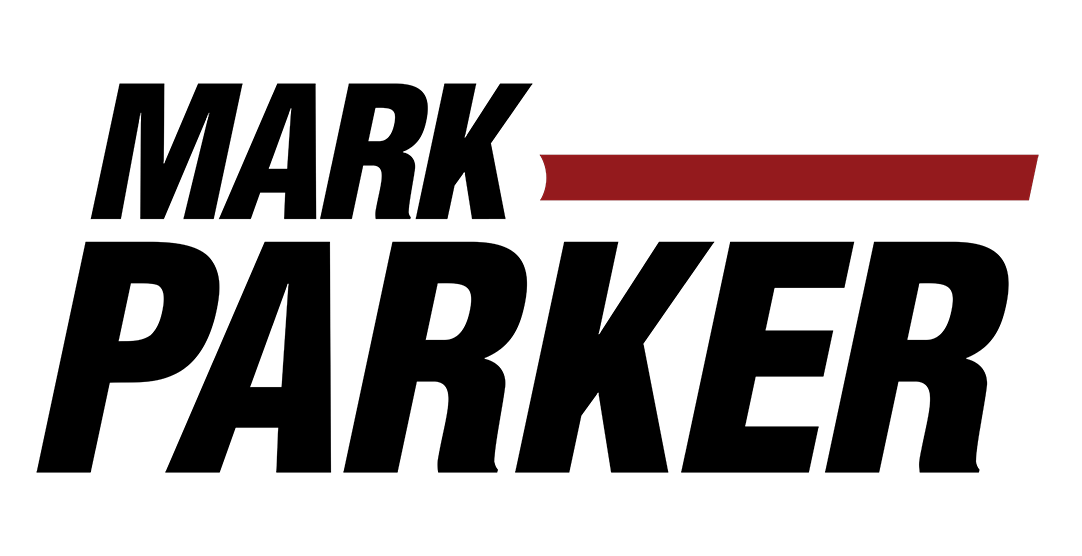
Vision & Values:
Southeast Baltimore has been, is now, and will be a great place to grow up and to raise a family. High quality, accessible, and affordable early childhood education is a critical first step, for all of our young people. Our students deserve great and safe public schools, from pre-K entrance through high school graduation. Opportunities for recreation, art, cultural appreciation, and employment add to the fullness and joy of a Southeast Baltimore childhood.
Leadership & Experience:
On a personal level: I am a parent to two Baltimore City Schools students. We are currently nine years into our 17-year public school journey here in the city. Our kids have had a great experience at a neighborhood school to this point, and we’re excited for our eldest to enter high school this coming year and have new adventures.
On a professional level: I recruited and led a team which worked together to start The Highlandtown Preschool in 2018. We now serve 56 students from the community, with a particular emphasis on students experiencing poverty and students who speak languages other than English at home. Our goal is to make high-quality early childhood education accessible for families of all backgrounds, and support student preparedness before kindergarten.
I also built and led the Youth Mentoring Program, bringing local volunteers alongside upper elementary students from Highlandtown #215 for academic and social support. Similarly, I built and have supported a neighborhood summer camp for dozens of local students, providing an affordable and engaging option for students during the summer, helping to prevent learning loss during the critical summer months. We’ve staffed those camps with local teenagers through the YouthWorks program, where I’ve long served as a supervisor.
On a community level: I was a member of the Southeast Education Task Force, convened to help inform school officials and policy-makers around the particular needs and opportunities for students in our area. I have served on the School Family Councils of Highlandtown #215 and #237. I work closely with the Community School Coordinators at six of our local schools. As part of those partnerships, we provide school supplies to more than 300 students each year, and work to connect those students and their families to the great programs and opportunities that exist in our area.
On a partnership level: I was active in the Strong Schools Maryland campaign that led to the landmark Kirwan school funding and reform legislation. I’ve worked closely with Soccer Without Borders, Baltimore City Recreation & Parks, OrchKids, and the Refugee Youth Project.
Priorities:
Early Childhood Education: Southeast Baltimore is filled with young children, across our communities. Even with the addition of several corporate child-care providers in recent years, access to high-quality early childhood education is inequitable, expensive, and challenging for our families. Such early support is necessary to prepare children for success in kindergarten and beyond, especially with early language and social-emotional skills. And affordable preschool seats allow more parents to enter the workforce and support their families. Here are some steps to stabilize and expand capacity and equity in early childhood education in Southeast Baltimore.
1) Support continued funding for the Child Care Scholarship Program at the state level—and promote that program extensively, particularly among our non-English-speaking neighbors.
2) Protect one of our only two area Head Start programs, out in the Dundalk Avenue corridor where it is the only significant early childhood education program. It is currently at risk because it is losing its classroom space. I have been and will be engaged in finding new space for this vital program.
3) Gather a group of community members and local education leaders to map out a plan for pre-k 3 and pre-k 4 expansion in Southeast Baltimore. The Blueprint legislation provides the funding and the mechanisms to expand completely free and high-quality education to the three year old level. But conditions in Southeast Baltimore make that difficult—specifically, our local public schools are already over-capacity and don’t have the classroom space to expand their early childhood offerings. A more creative and strategic approach will be necessary to accomplish this expansion. There are grant funds available, and expert support, to help guide such a group toward a good outcome. Our local Judy Center, at John Ruhrah in Greektown, would be a key partner in this effort.
Public Schools: More and more families are choosing to remain in Southeast Baltimore through their children’s grade-school years. This speaks volumes about the livability of our communities and the quality of instruction in our local pre-k through 8th grade neighborhood schools. And yet challenges, and opportunities, remain in order to strengthen our local schools and support student achievement.
1) Our schools continue to be overcrowded, even with new, expanded buildings. This is particularly true in the Highlandtown/Brewers Hill/Canton part of the district. Meanwhile, we have a vacant school building deteriorating before our eyes on Highland Avenue (the former Canton Middle School). But we have a city school system completely unwilling to consider options for bringing that building into service to support our local students. I will do everything in my power to press the issue, including organizing others to work on it together.
2) We have no middle school Advanced Academics or Ingenuity Project offerings anywhere in East or Southeast Baltimore. It is inequitable, especially for students from lower-income or newly-arrived families, to force students seeking such advanced programming to travel miles across town searching for such opportunities. That needs to change.
3) Housing insecurity is a major driver of school instability and student struggles in our district. While 5.6% of students across the city are experiencing homelessness, the average rate across the six elementary-middle schools in our district is 13.7%. Certainly the approaches outlined in my “housing and community development” policy area will be vital for addressing this reality and supporting students. The Family Stability Program (funded by the United Way, and implemented here by the Southeast CDC) works to counter this reality by providing some funding for families, but, more importantly, financial planning, support with budgeting, and access to case management so that long-term family stability is improved. Expanding this program will do much to support students and their families in our community.
4) Principals are key community leaders, and our district is fortunate to have some excellent ones who have served our families for many years, bringing consistent leadership to our schools. In the coming years, though, several of those principals are likely to retire. While there is no formal role for the councilperson in the principal selection process, I promise to be engaged with the district and, more importantly, will advocate for the involvement of parents and local community members in the decision-making process for those new principals.
5) Community members and families report significant challenges at drop off and pick up at several local schools. While individual schools have taken steps to control traffic flow and improve safety for children, this continues to be a problem. I’ll work with school administrators and neighbors to develop better plans for managing these high-stress times, and, in particular, will work to address the lack of crossing guards and targeted enforcement which exacerbates the chaos.
Youth Opportunities: Youth thrive, in particular, when they have opportunities to explore their interests and their gifts in their schools and in our broader community. While we have many independent organizations like the Creative Alliance, Patterson Park Audubon, Soccer Without Borders, Friends of Patterson Park, Living Classrooms, Volo, OrchKids, Centro Sol, and CASA which provide great programming for young people, we lag in other key areas.
1) All students should have the opportunity to participate in YouthWorks. Partly that’s ensuring that we have the funding, and the sites locally, to host them. Partly that means working to remove barrier to participation for students without Social Security numbers.
2) Middle school arts and athletics within our public schools are frustratingly inconsistent. All students should have the opportunity to sing in a school chorus. Instrument instruction in middle grades should be more widely available. And there should be at least one interscholastic athletic opportunity offered each season of the school year, in every school. This requires work at the district level to provide the resources and structure, as well as at the community level to build partnerships and recruit volunteers to supplement school staff.
3) We need improved conditions and investment in our outdoor/athletic spaces with our local schools. It is unacceptable, for example, that we have a new school building at John Ruhrah, but the heavily-used soccer pitch there was left unsafe due to rocks and rubble embedded across the surface.
4) While we are grateful for supplemental athletic programs offered by local partners, Recreation & Parks needs to significantly increase the athletic programs it offers in our district. Fall soccer and spring baseball is a good start, but we need significantly more opportunities. Elected officials have been significantly focused on renovating and building facilities around the city, which is a great first step. Everyone loves a ribbon-cutting. But when it comes to hiring the staff and operating programs in those facilities, budget support and political will is often lacking.
Systemic Improvements: Of course, our schools and our young people don’t exist in a Southeast Baltimore vacuum. There are broader systemic improvements which need to be made in order to better support students and families in our district.
1) We need to increase the number of elected voting representatives on the school board, to at least a majority of the membership (if not the entire membership). Having a school board which is effectively unaccountable to parents, students, community members, and elected officials has meant, largely, a board which is disinterested, uncommunicative, and unresponsive.
2) School board members should be compensated for their service on the board. This is an important role, which requires lots of time, energy, and competence to do well. The lack of compensation severely limits the number of people who are able to serve, and seems to lessen our expectations of those who do serve.
3) School board members need to be replaced in a prompt manner, and vacancies addressed with urgency. There is no mystery here—school board terms end on a fixed schedule. And yet the board (as well as the mayor and City Council who are key players in the board nomination and appointment process) regularly hold over board members after their terms are up, and leave multiple vacancies on the board for months at a time. This is unacceptable and damages the ability of the board to handle their critical responsibilities.
4) Immigrant and refugee students have long been treated like an afterthought in policy conversations, staffing, and funding in Baltimore City Schools, even as those student populations have rapidly grown over the past two decades. Indeed, without those students, our schools would be significantly empty and our district would be in desperate straits. Care for such students needs to take a more central role in our overall educational policy.
5) Students across our area and throughout the city struggle with mental illness and trauma, and this has significantly worsened since the pandemic. The Blueprint funding has given schools the budgetary flexibility to invest more in school counselors and provide more support for student mental health. We need to continue to emphasize increased capacity to support students in these ways.
6) “Restorative practices” refers to a conflict-resolution structure and set of learned interpersonal skills which have been implemented to great effect around the country and within some of our local schools. These practices focus on repairing relationships and strengthening community within schools, rather than retribution or punishment—with significant improvements in culture, mental health, and discipline. Some of our district schools are already leading the way in advocating for state-wide implementation of this approach to school climate. I’ll be supportive of those efforts within the district and across the state.
